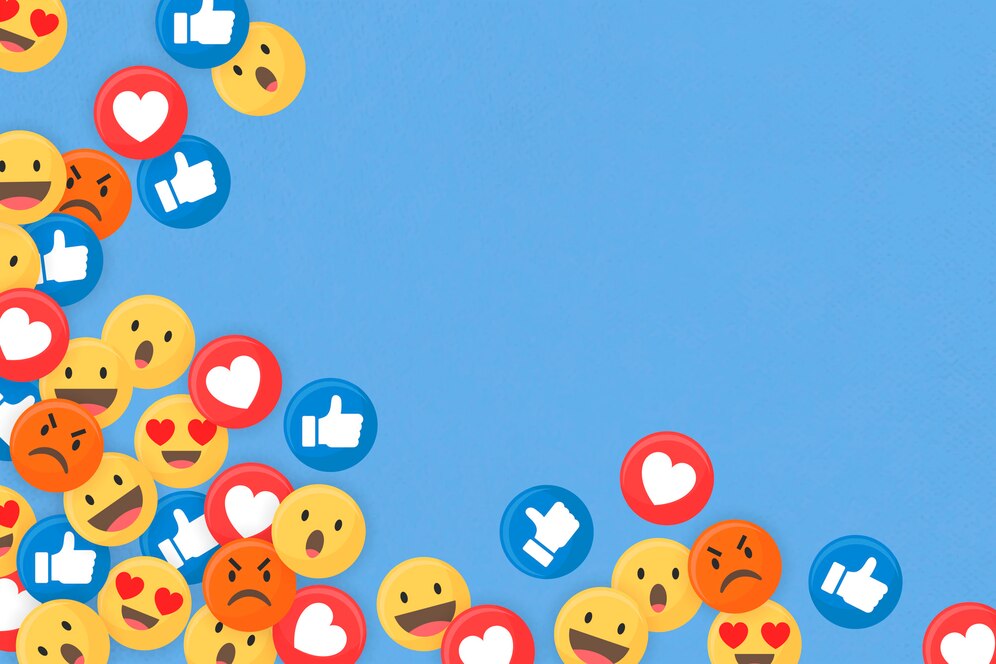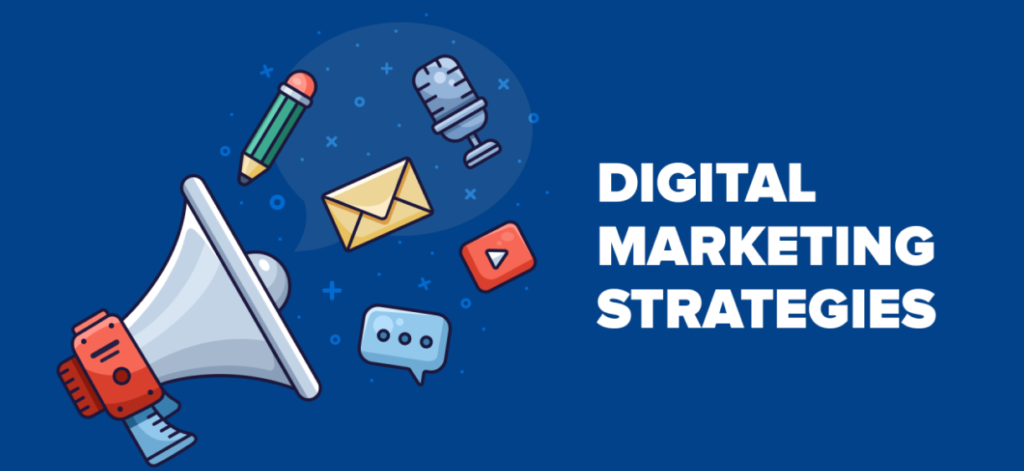Introduction
Emojis have become an essential part of online communication, transforming the way we express emotions, reactions, and ideas on social media. Whether it’s a simple 😊 to show happiness or a 🔥 to indicate excitement, these small digital icons add a layer of personality and clarity to messages. But are emojis just fun additions to social media posts, or do they serve a deeper purpose?
In this blog, we will explore the impact of emojis on social media, their advantages and drawbacks, best practices for using them effectively, and how they can influence branding and engagement. Whether you’re an individual looking to enhance your online presence or a business aiming to boost interaction with your audience, this guide will provide everything you need to know about using social media emojis.
1. The Rise of Emojis in Social Media
1.1 A Brief History of Emojis
Emojis originated in Japan in the late 1990s, created by Shigetaka Kurita for a mobile internet platform. Over time, they evolved from basic smiley faces to a vast library of icons representing emotions, objects, animals, flags, and even occupations. In 2010, emojis were standardized by Unicode, making them universally accessible across different devices and platforms.
1.2 The Popularity of Emojis in Digital Communication
With the rise of social media, emojis have become more than just playful decorations. They help users:
- Express tone and emotion clearly
- Reduce misinterpretation in text-based communication
- Make content visually engaging
- Enhance storytelling and branding
Platforms like Instagram, Twitter, Facebook, and TikTok encourage emoji use, with many posts and comments containing at least one emoji. Some brands even have their own custom emojis to strengthen their brand identity.
2. The Psychology of Emojis: How They Impact Engagement
Emojis trigger emotional responses similar to facial expressions in real-life conversations. Research has shown that emojis activate the same brain regions as human faces, making them a powerful tool for digital communication.
2.1 Emojis Increase Engagement
Studies reveal that social media posts with emojis tend to receive higher engagement rates. For example:
- Tweets with emojis get 25% more engagement.
- Facebook posts with emojis see 57% more likes and 33% more shares.
- Instagram captions with emojis increase interactions by 47%.
Emojis make content feel more relatable and emotionally driven, leading to stronger connections with audiences.
2.2 Emojis Improve Brand Perception
Brands that use emojis effectively appear more approachable and friendly. A well-placed emoji can make a brand seem modern, creative, and engaging. However, overuse or inappropriate use of emojis can make a brand seem unprofessional or out of touch.
3. Best Practices for Using Emojis on Social Media
3.1 Know Your Audience
Not all emojis resonate the same way with different audiences. For example:
- Gen Z and Millennials love playful, trendy emojis (🔥💀🤣).
- Older audiences may prefer classic, easy-to-understand emojis (😊👍🎉).
- Professional settings require minimal, well-placed emojis (✔️📈💡).
3.2 Use Emojis in Context
Emojis should match the tone and message of your content. Some best practices include:
- Using emojis to emphasize key points in captions
- Avoiding excessive emojis that clutter the message
- Ensuring emojis align with brand identity
3.3 Avoid Misinterpretation
Some emojis have different meanings across cultures or online trends. For example:
- The 🙏 emoji can mean “thank you” in some cultures but “praying” in others.
- The 🍆 and 🍑 emojis are commonly used as innuendos rather than literal meanings.
Always double-check emoji meanings before using them in professional or brand-related content.
4. Platform-Specific Emoji Strategies
Each social media platform has different emoji trends and best practices.
4.1 Instagram
- Emojis make captions visually appealing and help with engagement.
- Popular emojis on Instagram include ❤️🔥✨😂.
- Brands often use emojis to break up text and highlight key phrases.
4.2 Twitter/X
- Emojis help grab attention, especially in short tweets.
- Using trending emojis can make tweets more discoverable.
- Too many emojis in a tweet can make it look spammy.
4.3 Facebook
- Emojis enhance storytelling in long posts.
- Facebook reactions (👍❤️😂😮😢😡) allow users to engage without commenting.
- Using emojis in comments can make interactions more lively.
4.4 LinkedIn
- Professional and minimal emoji use is preferred (✔️📈💡).
- Emojis can add personality to corporate posts but should be used sparingly.
4.5 TikTok
- Emojis are crucial in captions and comments to boost visibility.
- Fun and trendy emojis (💀😭🔥) are popular among younger audiences.
- Emojis are often used as part of TikTok challenges or trends.
5. Common Mistakes to Avoid When Using Emojis
5.1 Overloading Emojis
Too many emojis can make a post look cluttered and hard to read. Stick to a balance—1 to 3 emojis per post is usually enough.
5.2 Using the Wrong Emoji for Your Audience
Make sure the emoji’s meaning aligns with the message and your target audience’s preferences.
5.3 Ignoring Emoji Accessibility
Screen readers read out emoji descriptions, so excessive emoji use can make content difficult to understand for visually impaired users.
5.4 Using Emojis Instead of Words
Emojis should complement text, not replace it. A sentence full of emojis can be confusing rather than engaging.
6. The Future of Emojis in Social Media
Emojis continue to evolve, with new updates adding diverse representations of people, cultures, and emotions. Some future trends include:
- Animated emojis for more dynamic expressions
- AI-generated emojis personalized for users
- Brand-specific emojis for marketing campaigns
As social media changes, emojis will remain a powerful tool for engagement and storytelling.
Conclusion
Emojis have revolutionized social media communication, making interactions more expressive, engaging, and fun. When used correctly, emojis can boost engagement, enhance brand perception, and improve the clarity of messages. However, it’s important to be mindful of overuse, misinterpretations, and platform-specific trends.
Whether you’re an individual looking to improve your personal posts or a business aiming to connect with audiences, mastering emoji usage will give you an edge in the ever-evolving world of social media. So go ahead—use those emojis wisely! 😉🚀


